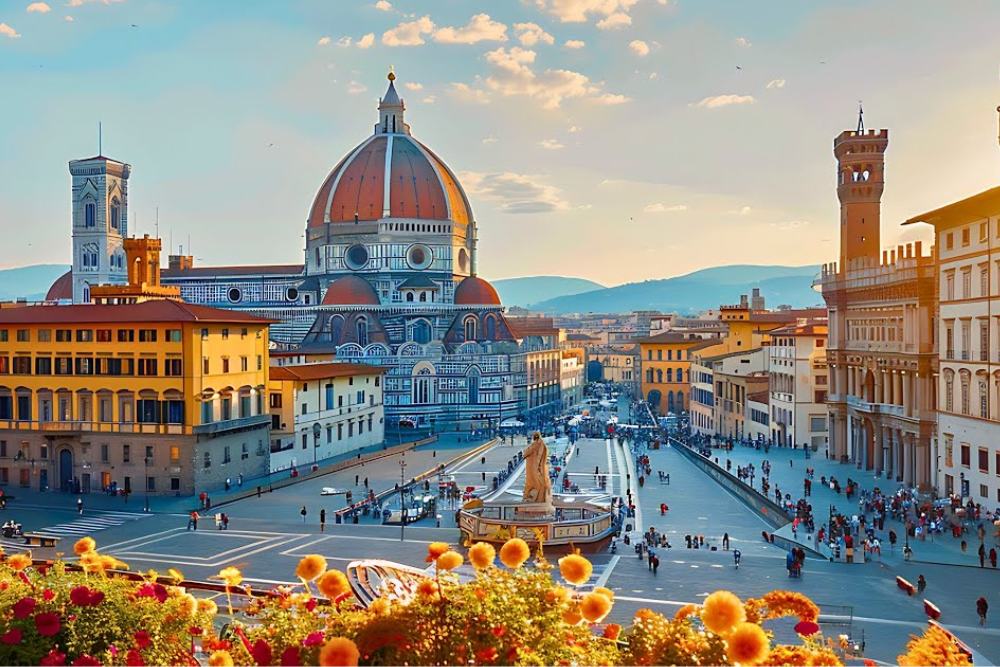Introduction
Florence, the capital of Italy’s Tuscany region, is renowned for its rich history, art, and architecture. Often considered the birthplace of the Renaissance, the city is home to iconic landmarks such as the Florence Cathedral (Duomo), the Uffizi Gallery, and the Ponte Vecchio. Its cobblestone streets are lined with stunning palaces, vibrant markets, and charming cafés, making it a haven for art lovers and history enthusiasts alike. Florence’s cultural heritage is complemented by its delicious Tuscan cuisine, featuring local wines and fresh ingredients. The city’s enchanting atmosphere and artistic treasures attract millions of visitors each year, making it a must-see destination in Italy.
Uffizi Gallery:
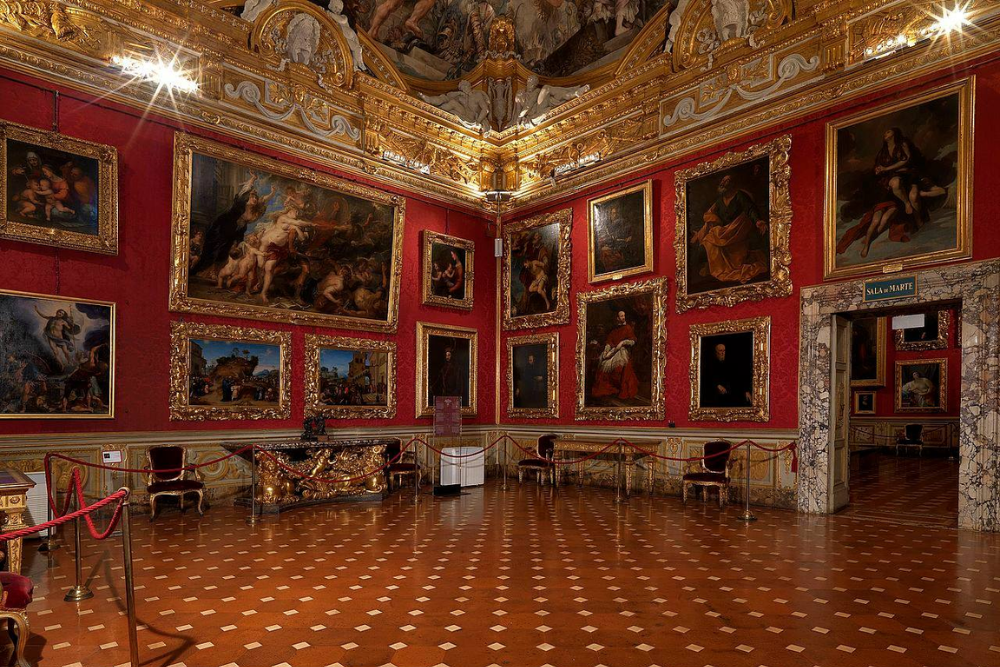
- One of the most important art museums in the world, housing masterpieces by artists such as Botticelli, Michelangelo, and Leonardo da Vinci.
Florence Cathedral (Duomo):

- The iconic dome designed by Brunelleschi is a masterpiece of Renaissance architecture and offers stunning views from the top.
Ponte Vecchio:
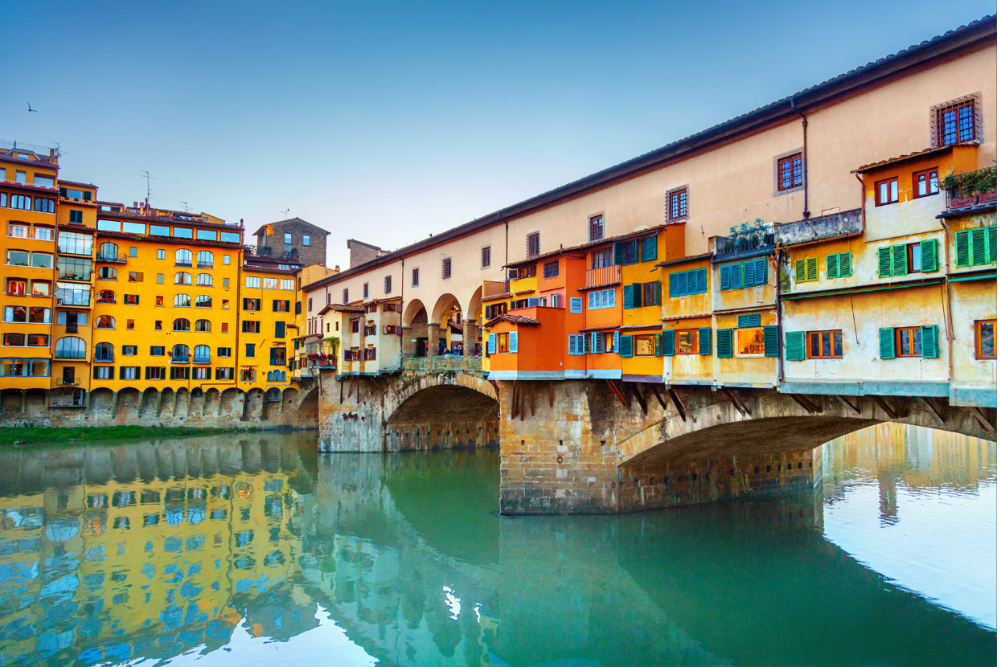
- A medieval stone bridge lined with shops, known for its picturesque views and jewellery stores.
Palazzo Vecchio:
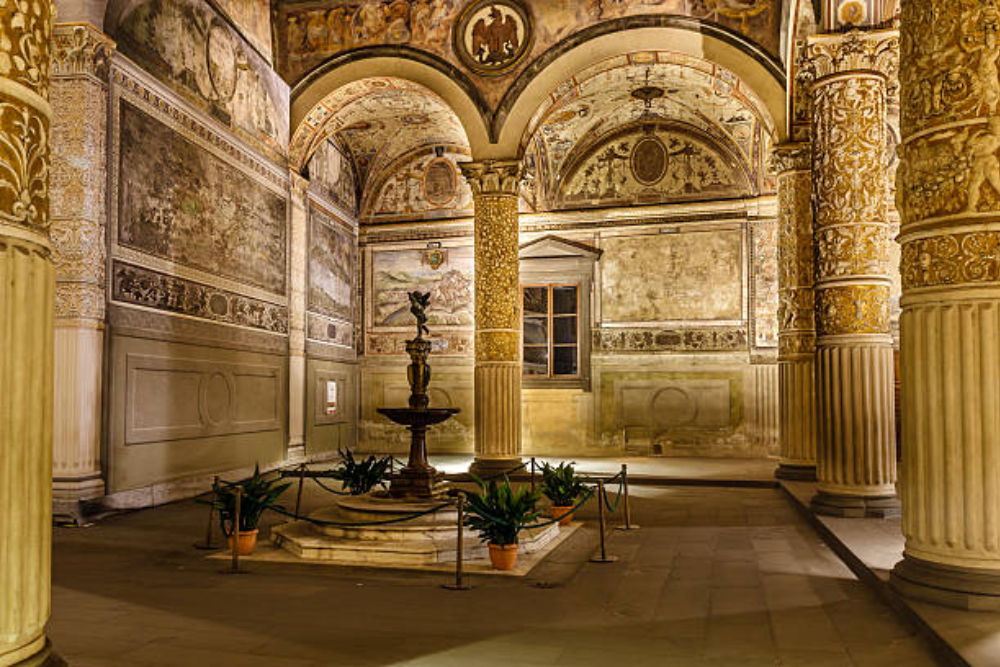
- The town hall of Florence, a symbol of the city’s power, with an impressive façade and a tower offering panoramic views.
Accademia Gallery:

- Home to Michelangelo’s famous statue of David, a symbol of Florentine civic pride and Renaissance artistry.
Via de’ Tornabuoni:
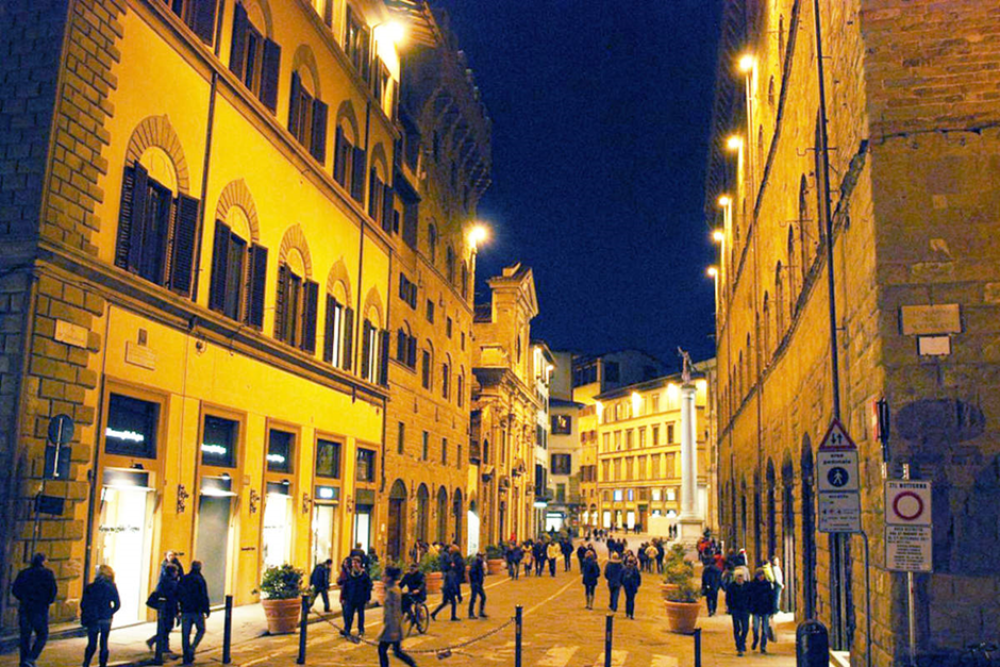
- The city’s luxury shopping street, featuring high-end fashion brands and boutiques. Florence is also known for its leather goods.
Calcio Storico:
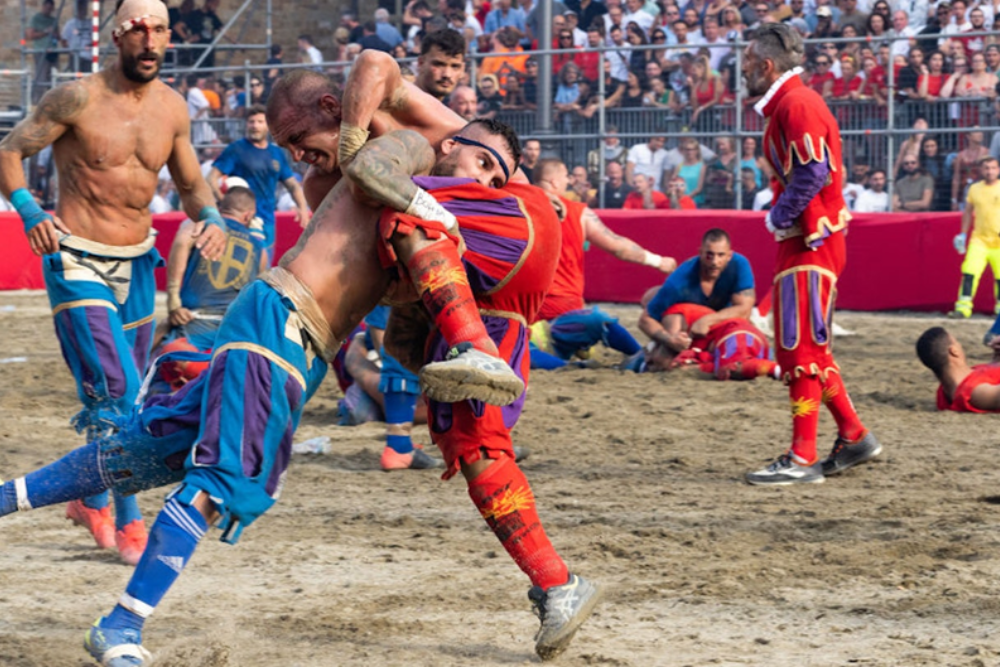
- A traditional Florentine sport that combines soccer, rugby, and wrestling, played in historical costumes during June.
Festa Della Rificolona:

- A colourful lantern festival held in September, celebrating local traditions with music and food.
Boboli Gardens:

- A sprawling park behind the Pitti Palace, known for its beautiful landscaping, sculptures, and stunning views of the city.
Basilica di Santa Croce:
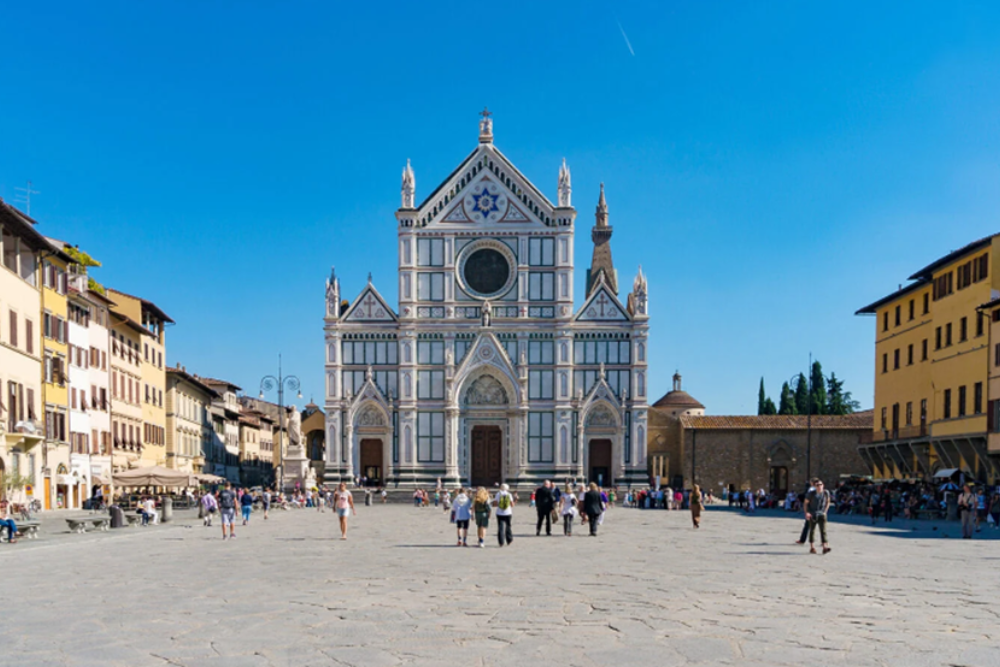
- The burial place of notable figures like Michelangelo and Galileo, showcasing stunning frescoes and artworks.
Dos and Don’ts in Florence
Here are some dos and don’ts for visiting Florence to enhance your experience:
Dos:
- Do Visit Major Attractions: Explore must-see sites like the Duomo, Uffizi Gallery, and Accademia Gallery (home to Michelangelo’s David).
- Do Stroll Through the Streets: Enjoy walking around the historic centre, especially in areas like the Oltrarno and Santa Croce neighbourhoods.
- Do Try Local Cuisine: Indulge in Tuscan specialties like ribollita, pappa al pomodoro, and the famous Florentine steak at local trattorias.
Don’ts:
- Don’t Rush Through Museums: Take your time to appreciate the art and history; many pieces have fascinating backstories.
- Don’t Forget to Dress Appropriately: When visiting churches and religious sites, dress modestly (cover shoulders and knees).
- Don’t Neglect the Side Streets: While famous sights are essential, explore lesser-known streets for hidden gems and a more authentic experience.
Best time to reach in Florence
The best time to visit Florence is during the spring (April to June) and early fall (September to October).
Spring (April to June)
- Weather: Pleasant temperatures ranging from 15°C to 25°C (59°F to 77°F), making it ideal for outdoor exploration.
- Events: Numerous festivals and events, including the famous Scoppio Del Carro (Explosion of the Cart) in Easter.
Early fall (September to October)
- Weather: Mild weather with temperatures around 18°C to 26°C (64°F to 79°F), perfect for sightseeing.
- Events: The Tuscan grape harvest offers a chance to enjoy local wine festivals and events.
Additional Considerations
- Summer (July to August): This period can be hot and crowded with tourists, so if you choose to visit then, be prepared for higher temperatures and longer lines at attractions.
- Winter (November to March): While it’s less crowded and accommodation rates are lower, some attractions may have reduced hours, and the weather can be chilly and rainy.



